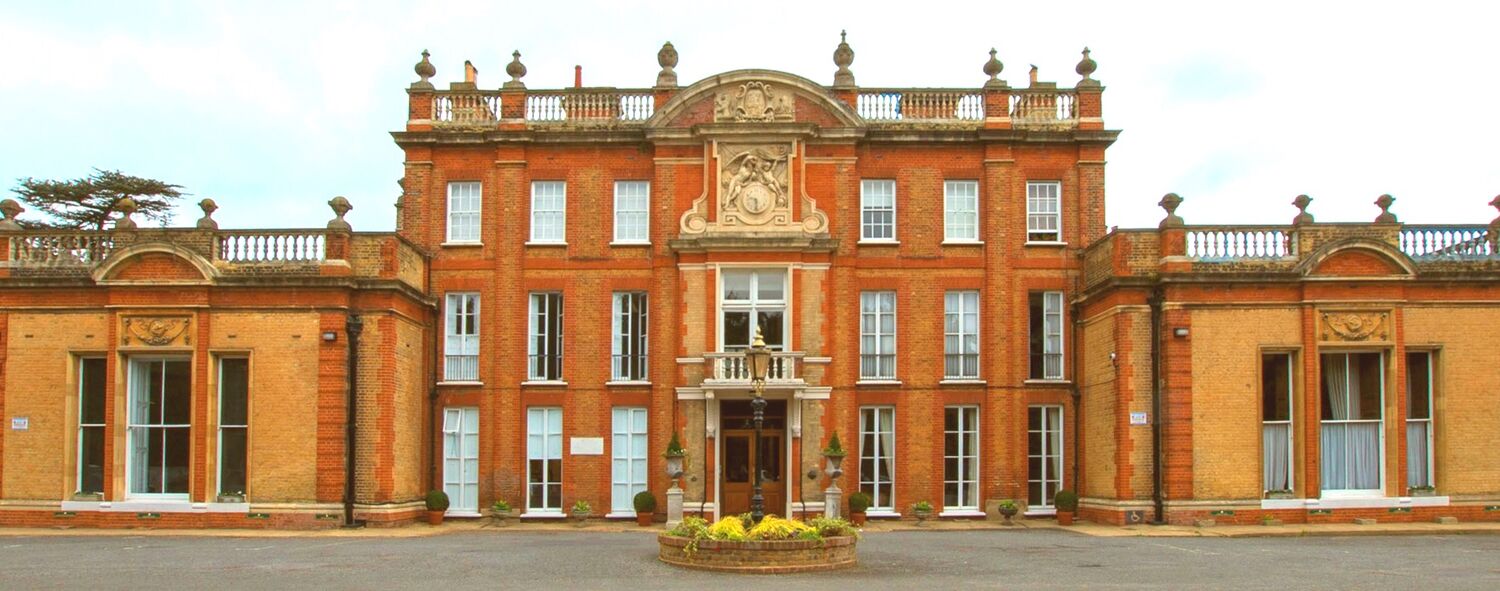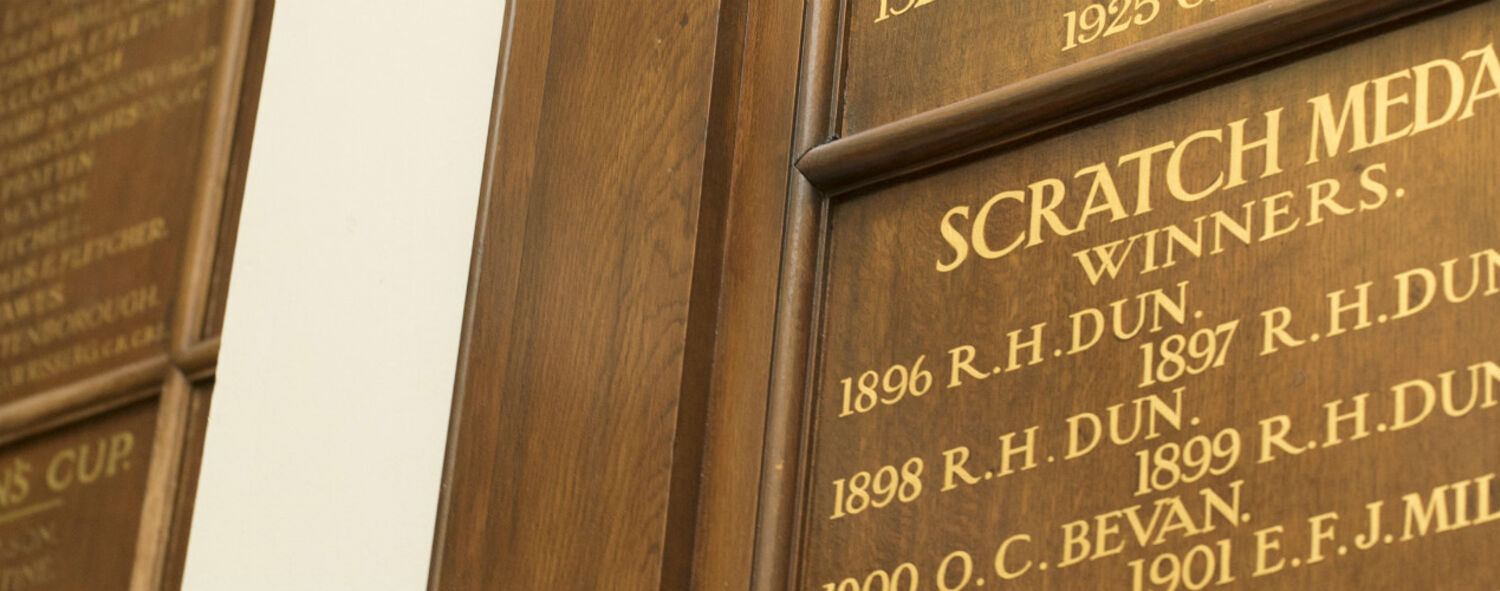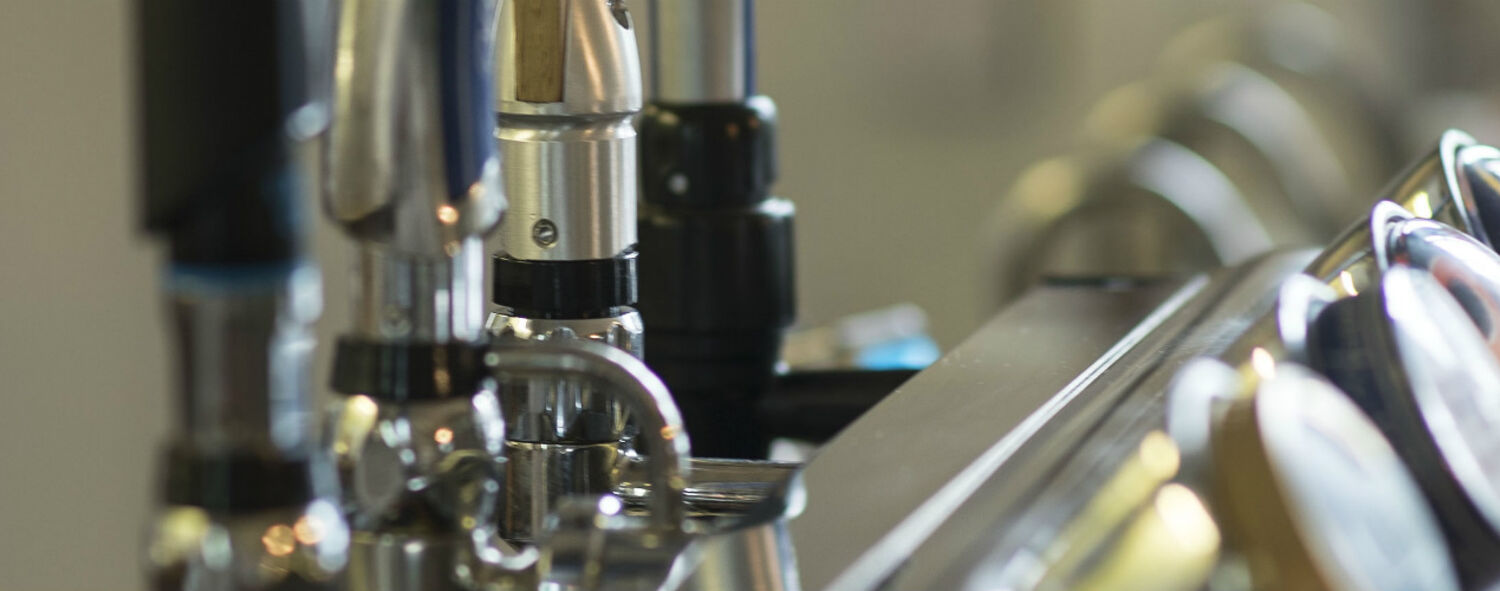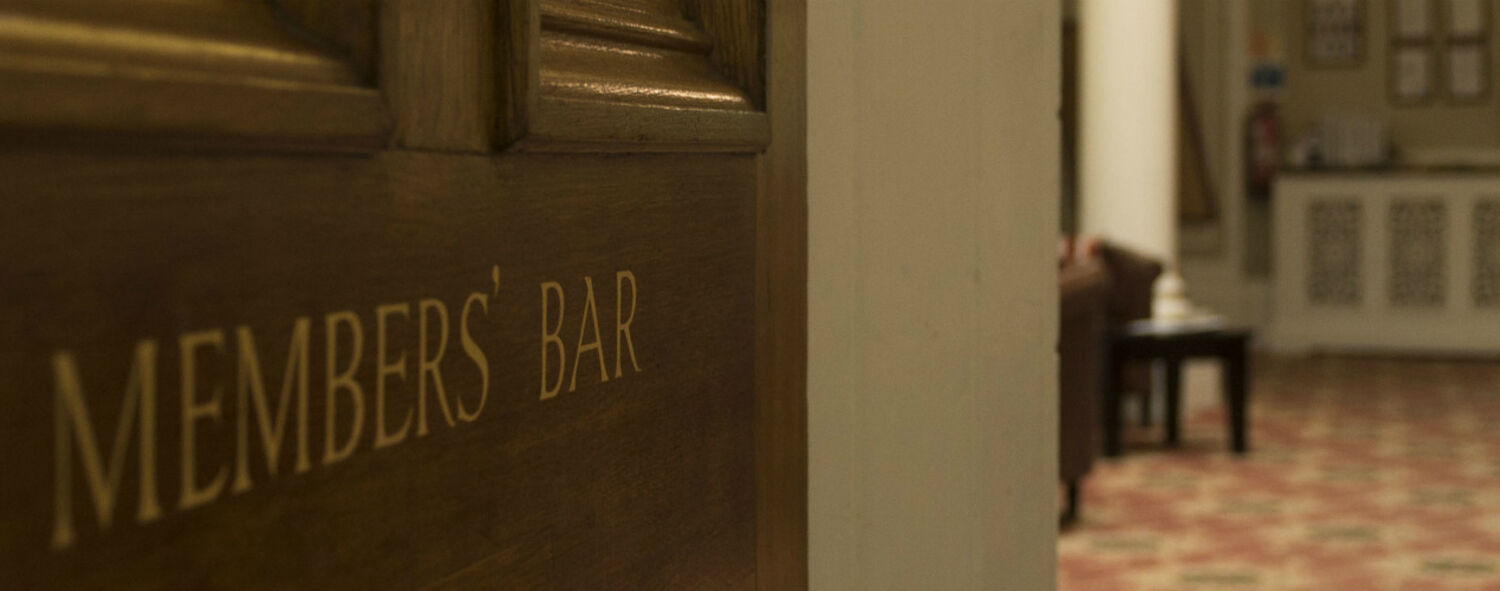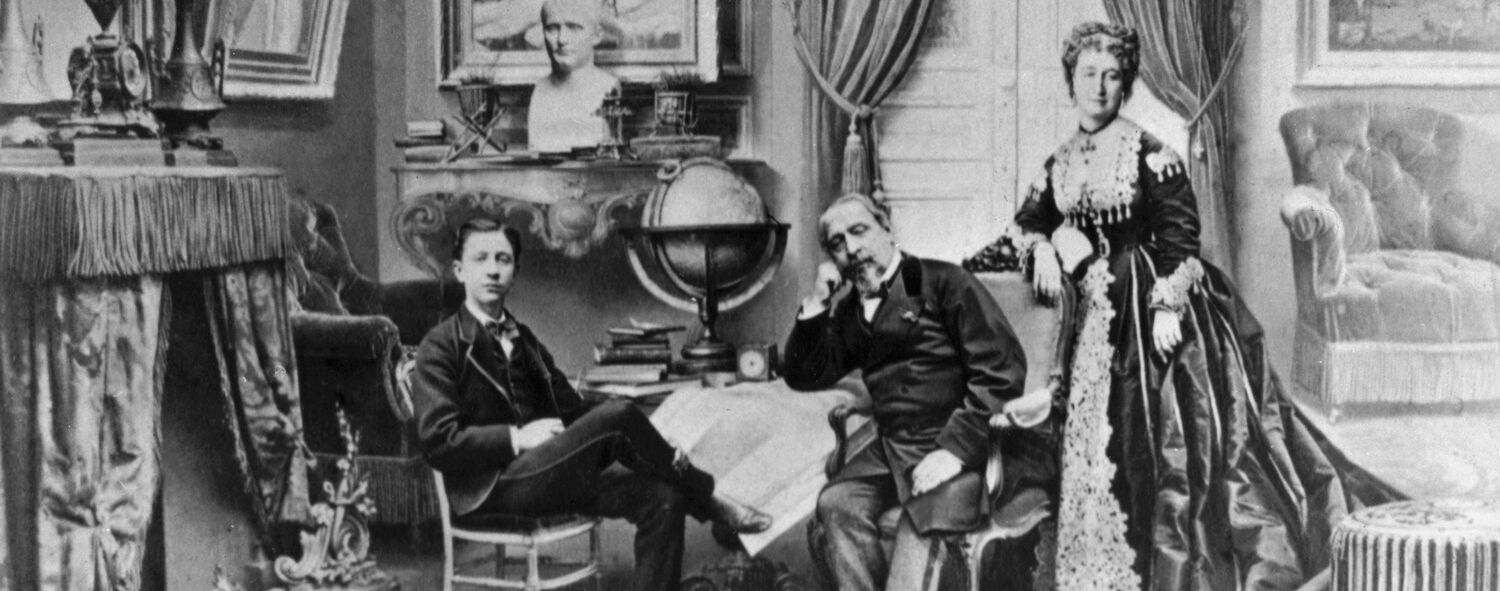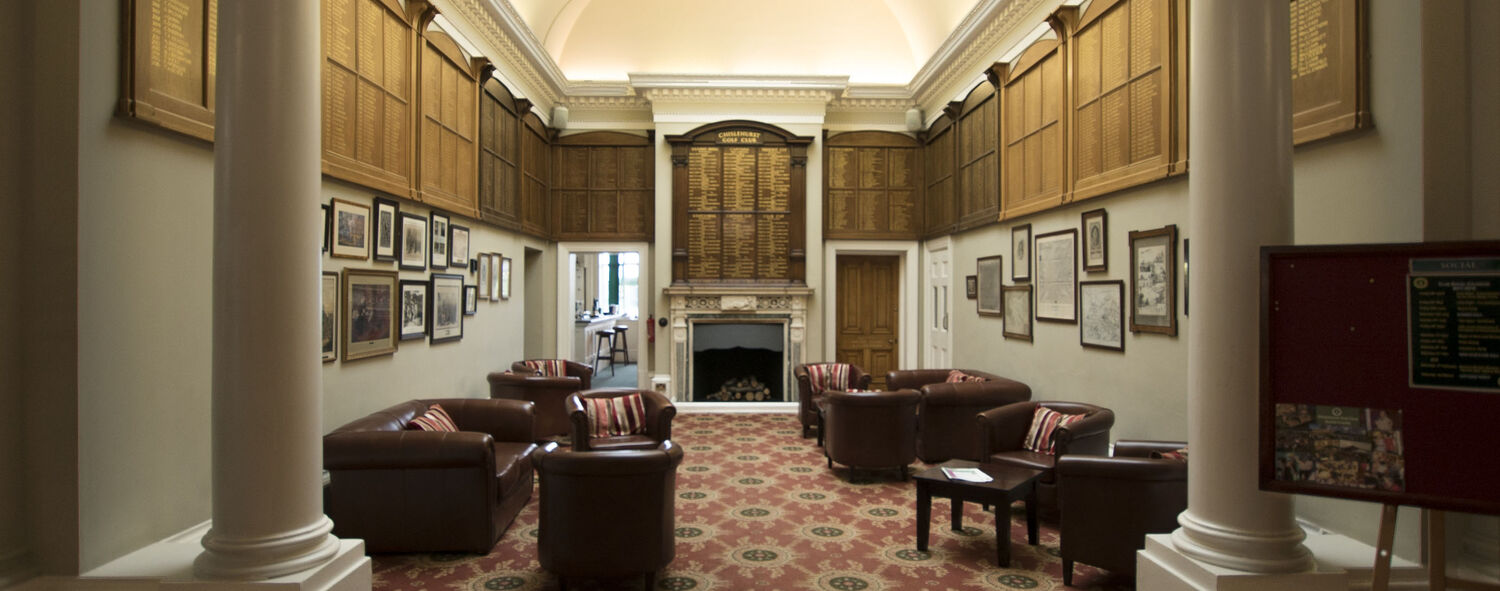
Empress Eugenie
Empress Eugénie came from the Spanish minor aristocracy and rejoiced in the name of Maria Eugenia Augustina de Guzman y Palafox.
She was not of royal blood herself although her sister, Paca, was married to the Duke of Alba. Her father was Don Cipriano, Count of Teba, a battle-scarred veteran of the Napoleonic Wars.
By the age of 17, Eugénie had grown to unique and breath-taking beauty. She had a proud and erect bearing, Titian hair, blue eyes and a good complexion.
In due course, Eugénie came to Paris, where her mother obtained an invitation to the Elysée Palace for her.
She first met Louis when he was President of France. He was at the time living with a Miss Howard, a former actress who was very rich (she is alleged to have financed his election campaign). Two years passed. Louis was now Emperor, and the pair met again at a hunt.
Louis was enamoured not only with Eugénie’s beauty but with her horsemanship and intrepid skill. She arrived first at the kill and was awarded with the stag’s hoof.
Following normal conventions, she rode back to the château with her host. Louis was hopelessly smitten.
When they returned to Paris, Louis sent Eugénie a splendid chestnut horse as a tribute to her skill in the chase.
Arguably, there were three motives for their eventual marriage:
1. Love
2. The wish to defy the traditional European monarchies
3. A belief in their joint destiny (Napoleon believed that the stars led him to Eugénie)
However, there is little doubt that from the very first, there were problems in the imperial bedchamber.
Louis was 44 and accustomed to the instant gratification of his sexual desires.
Eugénie, who at 27 had gone to her marriage bed wholly inexperienced, did not care for physical love.
Louis said later that it was only six months after the wedding that he began to indulge in what he called his “little amusements” once again.
Eugénie dressed in a theatrical way for political purposes. She wore sumptuous and heavy creations made from Lyon silk. Her dressmaker was the Englishman Charles Worth, late of Swan and Edgards and the father of haute couture. She promoted Hoechst green from the Frankfurt dye works to support the commercial policy of free trade with German states. She also introduced shorted skirts (but not that short!) During the day, she wore plain dresses and cloth garments more comfortable for walking or excursions.
The Empress was always aware of Napoleon’s amours.
She did not provide him with mistresses (that was the task of M. Bacciochi, his social secretary) but she did ensure that feminine beauty was represented at court to ease his moods and lighten the despondency he was prone to.
Louis Napoleon was like Edward VII with regard to the need for distractions. Mme Marie Walewska, the wife of a diplomat in Paris, was his mistress until 1860. Then he found Marguerite Bellenger, aged 25 (he was 53 at the time) whom he installed in a house in Plassey.
Eugénie was very distressed, as the woman flaunted her relationship with the Emperor in public. She decided to confront Marguerite and the mistress’ response is said to have gone something like this:
“What do you want here? I owe you no explanation. If you do not want your Emperor to come here, you must keep him at home by your charm, your kindness and your good temper. If he comes here, it is because you bore him and annoy him.”
The companion of the Empress left the room out of embarrassment but she was later to hear the two women laughing and in animated conversation. They had clearly come to an understanding. Marguerite left France (she found another lover in Italy.)
Napoleon never had another mistress but he did continue to have casual affairs.

